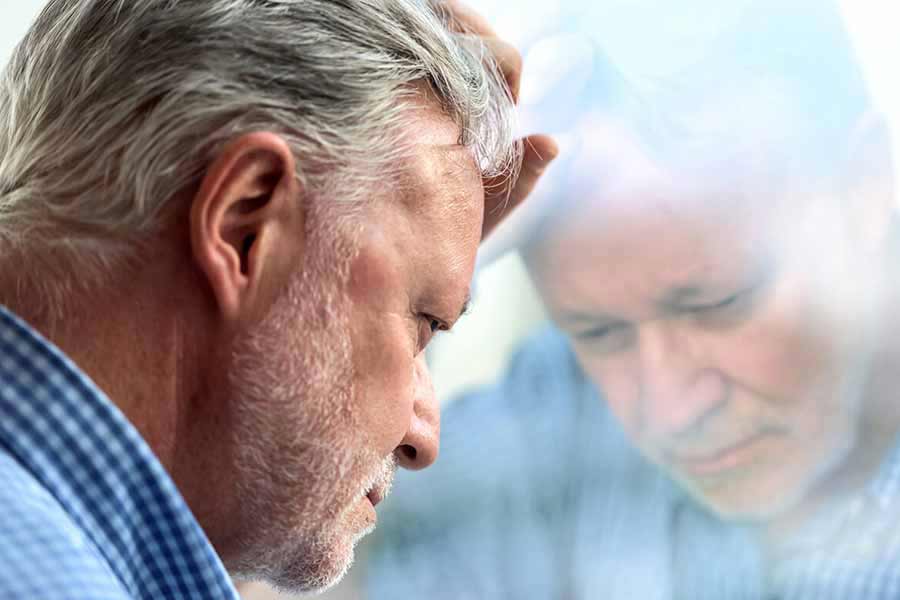Trauma generates emotions, and unless we process these emotions at the time the trauma occurs, they become stuck in our minds and bodies. Instead of healing from the wounding event, the trauma stays in our body as energy in our unconscious, affecting our life until we uncover it and process it out.
The healthy flow and processing of distressing emotions, such as anger, sadness, shame, and fear, is essential to healing from childhood trauma as an adult.
The healthiest response to childhood emotional wounds is also the rarest: When the trauma first occurs, we recognize the violation it has caused to our sense of self, feel the natural emotions that follow, and then realize that the violation doesn’t say anything about us personally – and thus we don’t make negative meaning of it and can let it go.
But because emotions like anger and sadness are painful – and because crying or confronting others is often not socially acceptable – this process doesn’t happen automatically. Instead, we may suppress our emotions, rather than feel and process them. As a child, this process is even more difficult. What can feel like a pinprick to an adult – an insult about one’s appearance that we can brush off at 40 – can feel like a stab wound to a child and create lasting damage (body dysmorphia, depression, etc.).


